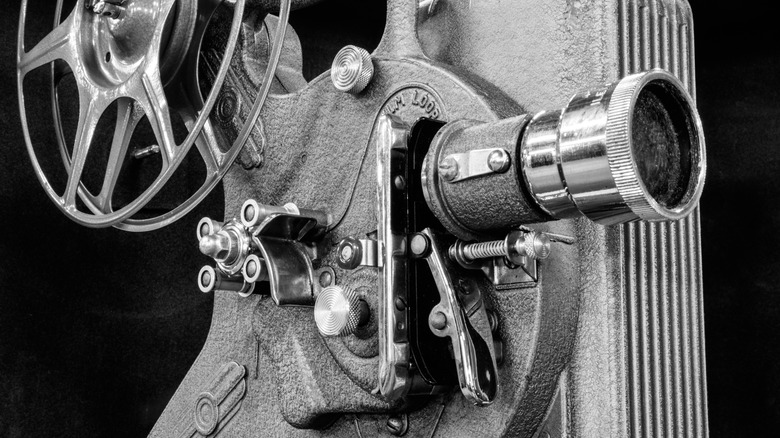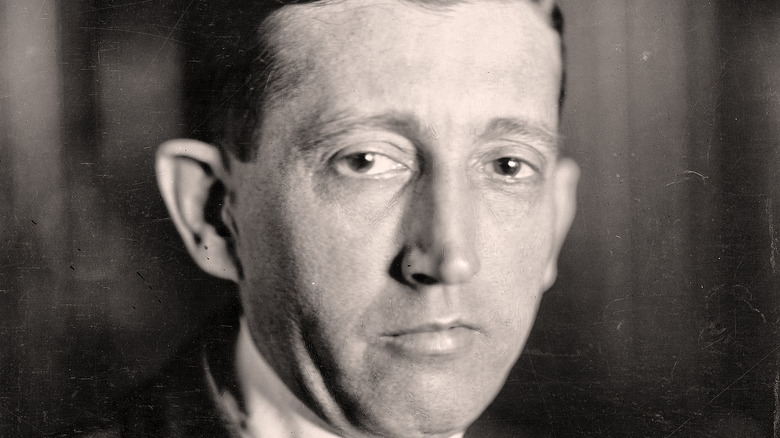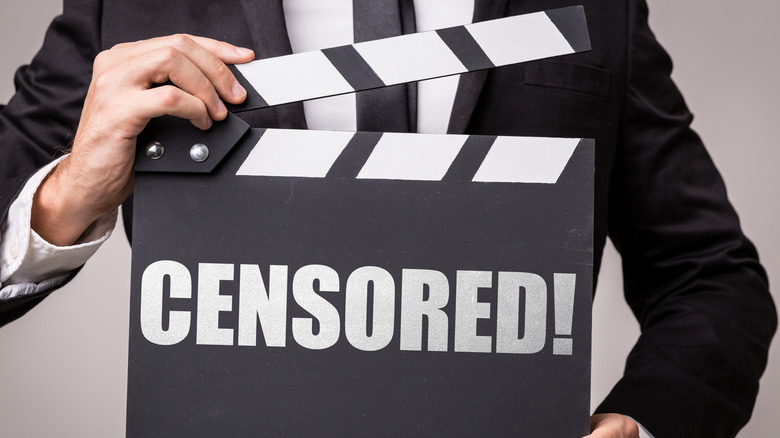What Does Pre-Code Hollywood Really Mean?
The term "pre-code" comes up fairly often when talking about films that were released in the late 1920s and early '30s. Yet, it's often difficult to understand what it means and where it came from. As Refinery29 notes, pre-code is a term used to describe films that were released between 1929 and 1934.
According to Pre-Code, movies from the silent film era through to the introduction of films with sound — known as talkies — in 1927, were becoming steadily more uninhibited in their portrayals of violence and sex. A number of censorship rules known as the Motion Picture Production Code or the Hays Code were introduced in July 1934, bringing about a decades-long end to this sort of thing. According to Vogue, even cartoons couldn't escape the new rule book as the Hays Code meant that Betty Boop's skirt needed to be lengthened.
While the movies made during the period between 1929 and 1934 were seen as immoral at the time, many have since been heralded as examples of early progressive filmmaking (via Studio Binder).
What brought about the Hays Code?
As films became more violent and sexually charged, there were calls to boycott movies altogether, according to Pre-Code. In addition, a number of high-profile scandals helped to perpetuate an image of cinema immorality in the eyes of an increasingly conservative public. The most notable of these was the infamous scandal involving silent film star Roscoe "Fatty" Arbuckle.
Amid public pressure, movie studios formed the Motion Picture Producers and Distributors of America, or MPPDA, and appointed former United States Postmaster General, William Hays, as the organization's leader. It was an attempt by the film industry to regulate itself, but it was met with challenges.
Films weren't protected under free speech at the time, so individual states and some larger cities had their own censorship boards, which complicated matters. It cost studios large sums of money to make different cuts of the same movie that adhered to each set of censorship rules imposed by other states. In this way, the Hays Code was a beneficial financial move for the movie industry as it was an attempt at standardizing censorship.
William Hays wanted censorship for years
According to Pre-Code, William Hays had actually been fighting for censorship in Hollywood before the code that bears his name was adopted by major studios. Hays was a fan of the Motion Picture Production Code which had been put together in 1930 by Martin Quigley — the owner of an industry publication called The Motion Picture Herald – and a Jesuit priest named Daniel A. Lord.
Hays threatened movie studios with the possibility of federal regulations and so most of the studios signed. The code did more than just censure certain parts of a film, it purported to define the morality of cinema itself. The idea was that cinema had the power to affect the morality of the general public and so must adhere to worthy morals.
Under the new code, studios would submit scripts to Hays' office, which in turn would give suggestions on what to cut. However, studios were under no obligation to implement them, and most of the time the suggestions were simply ignored. Eventually, Joseph Breen would become the head of Hay's office. He had ties to the influential Catholic Legion of Decency and used this leverage to strong-arm the studios into agreeing to mandatory compliance. After the Hays Code was made mandatory in 1934, it would stay in use until 1968.


